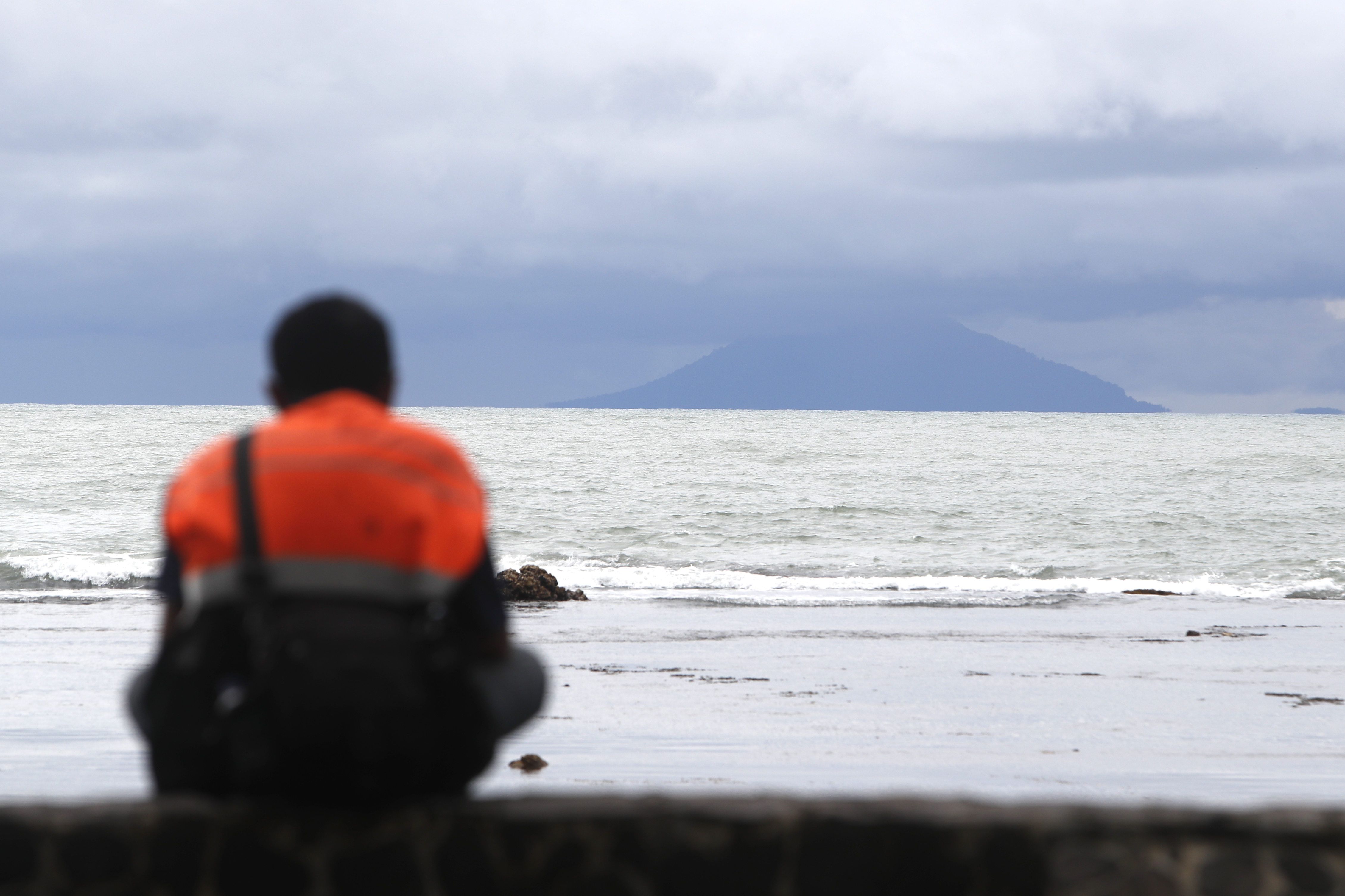As the sun went down on Monday and revelers prepared to ring in 2019, Indonesia was hit with yet another deadly natural disaster: a landslide, triggered by heavy rains, which left at least 15 people dead and dozens missing in West Java. More than 500 rescuers continue to scour the area for survivors, but they do so without the aid of heavy-duty equipment, which–due to flooding and washed out roadways – is unlikely to reach the site for days.
This disaster is one of nearly 2,000 that Indonesia has seen over the course of the past year, and comes just a week after one of Indonesia’s deadliest natural disasters of 2018; a devastating tsunami, triggered by a volcanic eruption, that hit the coasts of West Java and Sumatra on 22 December and left 430 dead, nearly 14,000 injured and almost 40,000 displaced.

This singular disaster killed more people than all those who died due to natural disasters in Indonesia in 2017, and rivaled the total number killed the year before as well. While 2018 may not have weathered as many storms as in the previous few years, those it did see were far more fatal.
“This year is a disastrous year for Indonesia. At 4,231, it is the largest death toll that we’ve seen since 2007,” said Sutopo Purwo Nugroho, spokesman for the National Agency for Disaster Countermeasure (BNPB) in Indonesia.
Positioned along the volcanically active Pacific Ring of Fire, Indonesia is particularly susceptible to tsunamis and landslides triggered by volcanic activity. The most recent tsunami that struck in December was not preceded by any warning; the nation’s volcanic island Anak Krakatau erupted and collapsed, triggering an underwater avalanche that set off the wall of water.
Indonesia lags behind

In the days that followed, Indonesian President Joko Widodo made a public announcement claiming that Indonesia does not currently have the capability to predict this form of disaster, and called upon the Meteorology, Climatology and Geological Agency (BMKG) to install tsunami detectors that provide early warning to citizens.
“Usually it was preceded by earthquake. That’s why the residents and visitors… were not prepared to escape,” Widodo said, according to CNN.
In the wake of the disaster, Sutopo took to Twitter to call on the government to invest in renovating its existing natural disaster warning system. Though the buoy network – a web of instruments that collect weather and ocean data to help predict disasters – would have done little to prevent this most recent tsunami, he noted that the existing buoy network “has not been operational since 2012”.
After the devastating 2004 “Boxing Day Tsunamis” that decimated large parts of Indonesia, multiple countries – including the UK, Germany and Malaysia – donated disaster detection equipment to Indonesia, but the technology has since largely fallen into disrepair, Sutopo added.
“Vandalism, a limited budget, and technical damage mean there were no tsunami buoys at this time,” he wrote. “They need to be rebuilt to strengthen the Indonesian tsunami early warning system.”
Earlier in the year the deadly September tsunami, which hit Sulawesi and left nearly 2,000 dead, drew international attention to the inadequacies of Indonesia’s local detection system. Unconfirmed reports claimed that the sirens, intended to warn of a tsunami in the aftermath of an earthquake, did not have access to power after the initial earthquake knocked out their electricity, and therefore did not sound. Others claim that an operating buoy system would have provided adequate warning for many to take cover.
In the wake of the September disaster, tsunami expert Abdul Muhari told the Straits Times that Indonesia lagged behind other countries in building and maintaining a tsunami early warning system. He added that in Japan, which also deals with frequent earthquakes and tsunamis, one to five seismographs were placed in each subdistrict, with the addition of tsunami detection buoys in its waters. Japan, a country five times smaller than Indonesia, has 859 registered seismograph stations whereas Indonesia has only about 217, according to the International Registry of Seismograph Stations.
Disastrous management
Indonesia is not only ill-equipped to predict disasters; it is also ill-equipped to handle the increasingly deadly aftermath of disasters as well. With Indonesia’s difficult terrain and lack of paved roadways, it is near impossible to get rescue equipment to disaster sites within the first day of the disaster’s occurrence. It has become common practice for rescuers to spend days on end trying to remove rubble, collect bodies and find survivors with little equipment aside from their bare hands.
Though the country’s approach to disaster management improved greatly following Indonesia’s tragic 2004 tsunami, this past year has made clear that the country’s system of disaster relief is far from adequate when it comes to serving the thousands affected by 2018’s natural disasters.
Looking ahead to 2019, Indonesian officials have their work cut out in preparing systems that can both warn citizens of approaching natural disasters, and help save them when disaster strikes.
“The disaster funding continues to decrease every year,” Sutopo told the New York Times after the September tsunami.
“The threat of disasters increases, disasters increase, but the BNPB budget decreases.”


